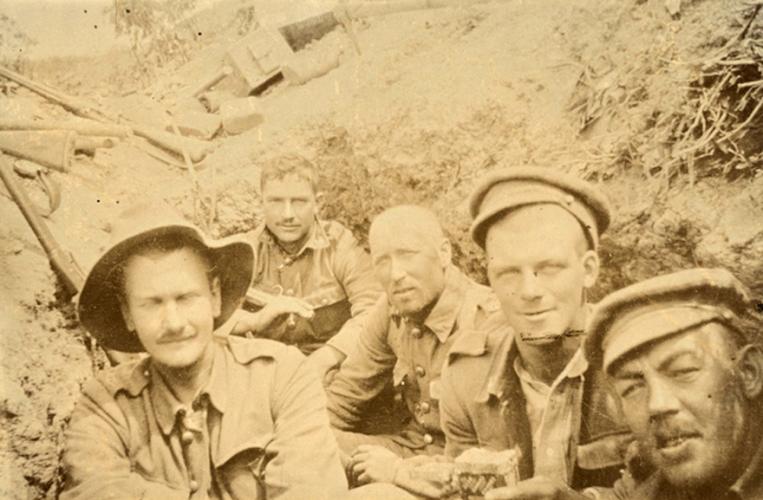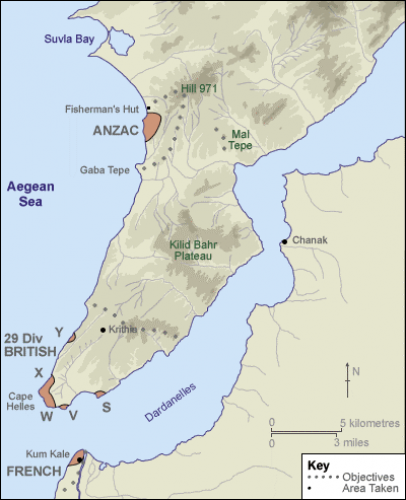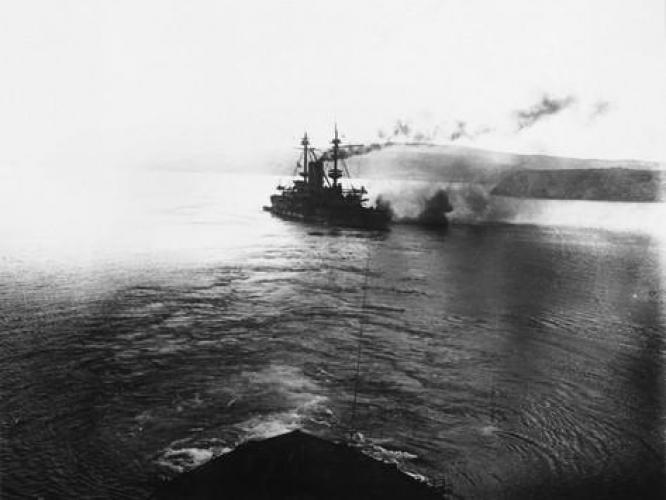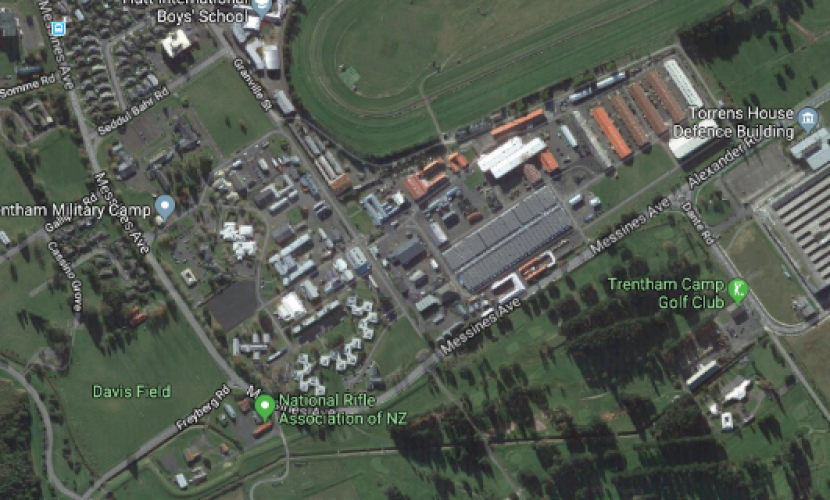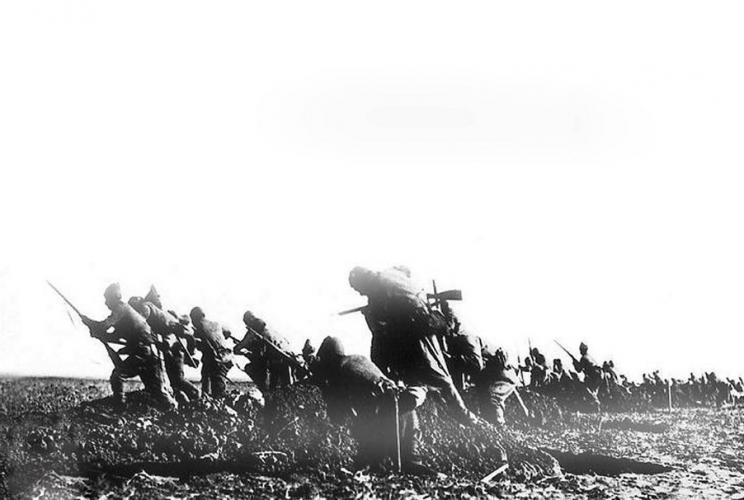291 Gaba Tepe Way TMC Upper Hutt, This street in inside the camp compound
Reason for the name
This street was named after Gaba Tepe also known as Kabatepe. Gaba Tepe is a headland overlooking the Gallipoli Peninsula. Most streets within NZDF Camps and Bases are named in honour of prominent people, battles, campaigns, ships, aircraft and places creating a rich history of our military service.
Kabatepe, or Gaba Tepe, is a headland overlooking the northern Aegean Sea in what is now the Gallipoli Peninsula National Historical Park on the Gallipoli peninsula in north western Turkey. During the First World War, the headland was the site of an Ottoman artillery battery which constantly harassed the ANZAC troops around ANZAC Cove to the north throughout the Gallipoli Campaign.
The Kabatepe Museum is located within the Gallipoli Peninsula National Historical Park. It commemorates the Gallipoli Campaign, now considered a defining moment in the modern history of not only Turkey, but of Australia and New Zealand as well. The museum hosts numerous relics from the campaign, including weapons, ammunition, uniforms, photographs, letters written by the soldiers to their families, and private belongings such as shaving tools, cocoa cases, leather flasks etc. There are also more shocking artifacts such as the skull of a Turkish soldier killed by a bullet to the forehead, and a soldier's shoe still containing a bone from the owner's foot.
Author: The Poppy Places Trust
The landing at Anzac Cove on Sunday, 25 April 1915, also known as the landing at Gaba Tepe, and to the Turks as the Arıburnu Battle, was part of the amphibious invasion of the Gallipoli Peninsula by the forces of the British Empire, which began the land phase of the Gallipoli Campaign of the First World War.
The assault troops, mostly from the Australian and New Zealand Army Corps (ANZAC), landed at night on the western (Aegean Sea) side of the peninsula. They were put ashore one mile (1.6 km) north of their intended landing beach. In the darkness, the assault formations became mixed up, but the troops gradually made their way inland, under increasing opposition from the Ottoman Turkish defenders. Not long after coming ashore the ANZAC plans were discarded, and the companies and battalions were thrown into battle piece-meal, and received mixed orders. Some advanced to their designated objectives while others were diverted to other areas, then ordered to dig in along defensive ridge lines.
Although they failed to achieve their objectives, by nightfall the ANZACs had formed a beachhead, albeit much smaller than intended. In places they were clinging onto cliff faces with no organised defence system. Their precarious position convinced both divisional commanders to ask for an evacuation, but after taking advice from the Royal Navy about how practicable that would be, the army commander decided they would stay. The exact number of the day's casualties is not known. The ANZACs had landed two divisions but over two thousand of their men had been killed or wounded, together with at least a similar number of Turkish casualties.
By nightfall, around sixteen thousand men had been landed, and the ANZACs had formed a beachhead, although with several undefended sections. It stretched along Bolton's Ridge in the south, across 400 Plateau, to Monash Valley. After a short gap it resumed at Pope's Hill, then at the top of Walker's Ridge. It was not a large beachhead; it was under two miles (3.2 km) in length, with a depth around 790 yards (720 m), and in places only a few yards separated the two sides. That evening Birdwood had been ashore to check on the situation, and, satisfied, returned to HMS Queen. Around 21:15 he was asked to return to the beachhead. There he met with his senior officers, who asked him to arrange an evacuation. Unwilling to make that decision on his own he signalled Hamilton;
Lieutenant-General William Birdwood, commander of the ANZAC force, aboard ship. Birdwood suggested an evacuation by sea rather than remaining in the cramped and limited beachhead, but was rebuffed.
Both my divisional generals and brigadiers have represented to me that they fear their men are thoroughly demoralised by shrapnel fire to which they have been subjected all day after exhaustion and gallant work in morning. Numbers have dribbled back from the firing line and cannot be collected in this difficult country. Even New Zealand Brigade which has only recently been engaged lost heavily and is to some extent demoralised. If troops are subjected to shellfire again tomorrow morning there is likely to be a fiasco, as I have no fresh troops with which to replace those in firing line. I know my representation is most serious, but if we are to re-embark it must be at once.
Hamilton conferred with his naval commanders, who convinced him an evacuation would be almost impossible, and responded; "dig yourselves right in and stick it out ... dig, dig, dig until you are safe". The survivors had to fight on alone until 28 April when four battalions of the Royal Naval Division were attached to the corps.
On the Turkish side, by that night the Turks were in a similar situation to the ANZACs. Of the two regiments most heavily involved, the 57th had been destroyed, and the 27th were exhausted with heavy casualties. Large numbers of the 77th had deserted, and the regiment was in no condition to fight. The 72nd was largely intact, but they were a poorly trained force of Arab conscripts. The III Corps, having to deal with both landings, could not assist as they had no reserves available. It was not until 27 April that the 33rd and 64th Infantry Regiments arrived to reinforce the Turkish forces. The ANZACs, however, had been unable to achieve their objectives, and therefore dug in. Gallipoli, like the Western Front, turned into a war of attrition. The German commander, Liman von Saunders, was clear about the reasons for the outcome. He wrote that, "on the Turkish side the situation was saved by the immediate and independent action of the 19th Division." The division commander, Kemal, became noted as "the most imaginative, most successful officer to fight on either side" during the campaign. As a commander he was able to get the most out of his troops, typified by his order to the 57th Infantry Regiment; "Men, I am not ordering you to attack. I am ordering you to die. In the time that it takes us to die, other forces and commanders can come and take our place."
Since 1916 the anniversary of the landings on 25 April has been commemorated as Anzac Day, becoming one of the most important national celebrations in Australia and New Zealand. The anniversary is also commemorated in Turkey and the United Kingdom.
In the following days there were several failed attacks and counter-attacks by both sides. The Turks were the first to try during the Second attack on Anzac Cove on 27 April, followed by the ANZACs who tried to advance overnight 1/2 May. The Turkish Third attack on Anzac Cove on 19 May was the worst defeat of them all, with around ten thousand casualties, including three thousand dead. The next four months consisted of only local or diversionary attacks, until 6 August when the ANZACs, in connection with the Landing at Suvla Bay, attacked Chunuk Bair with only limited success. The Turks never succeeded in driving the Australians and New Zealanders back into the sea. Similarly, the ANZACs never broke out of their beachhead. Instead, in December 1915, after eight months of fighting, they evacuated the peninsula
Since 1916 the anniversary of the landings on 25 April has been commemorated as Anzac Day, becoming one of the most important national celebrations in Australia and New Zealand. The anniversary is also commemorated in Turkey and the United Kingdom and also Papua New Guinea, because British Papua and the Territory of New Guinea were governed by Australia at the time of the Gallipoli landings. As such, they were technically territories of Australia.

